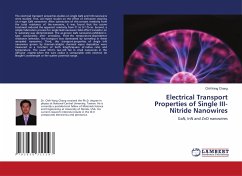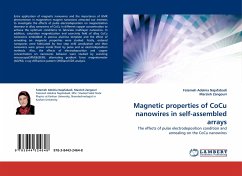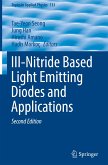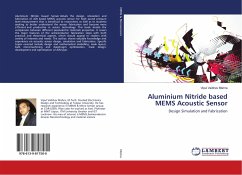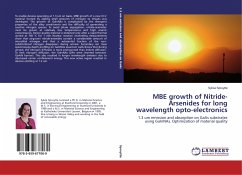The electrical transport properties studies on single GaN and InN nanowires were studied. First, we report studies on the effect of UV/ozone cleaning on n-type GaN nanowires. After subtraction of this contact resistivity from the total resistance of the nanowire, it was found that the ozone treatment reduced the apparent resistivity from 71 to 0.7 cm. Second, a simple fabrication process for single GaN nanowire field effect transistor on Si substrate was demonstrated. The as-grown GaN nanowires exhibited n-type conductivity after annealing. From the temperature-dependence resistance behavior, the transport was dominated by tunneling in these annealed nanowires. Third, the transport properties of single InN nanowires grown by thermal catalytic chemical vapor deposition were measured as a function of both length/square of radius ratio and temperature. The usual Ohm's law will fail in small nanowires in the diffusive regime when the wire radius is comparable with electron de Broglie's wavelength or the scatter potential range.
Bitte wählen Sie Ihr Anliegen aus.
Rechnungen
Retourenschein anfordern
Bestellstatus
Storno

